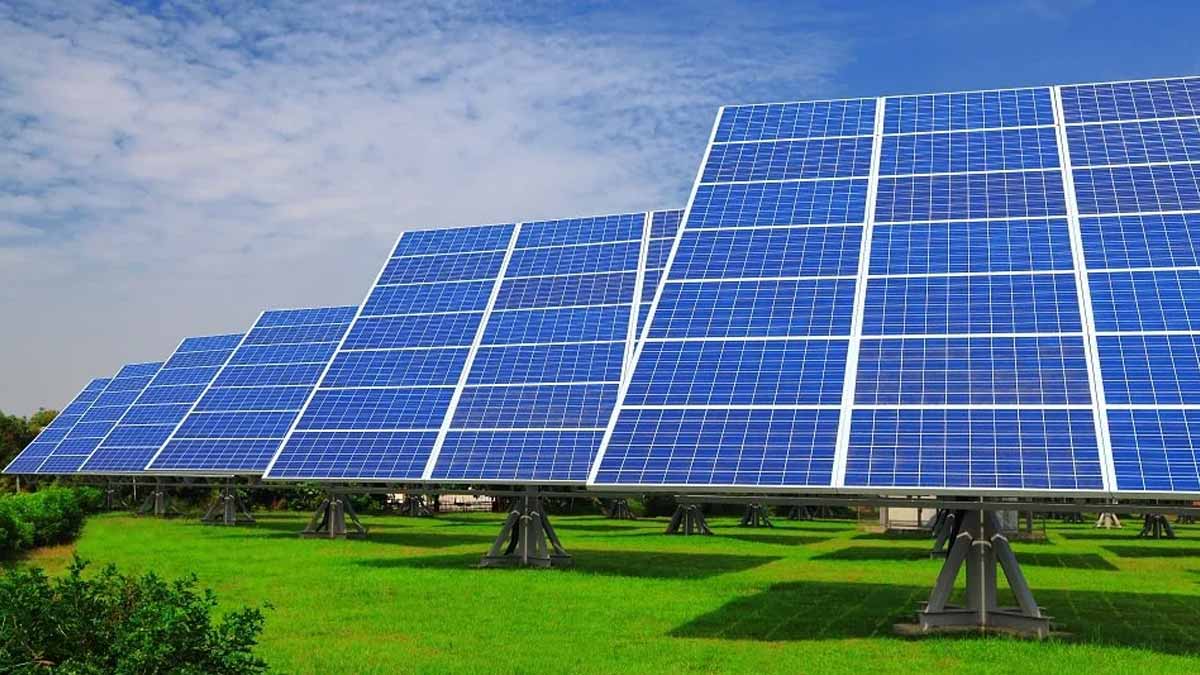A surge of wind and solar has flipped the market logic in Europe. Prices on wholesale markets now swing low, sometimes below zero, because production outruns demand at certain hours. This new abundance sounds like a win, yet it exposes limits in grids, markets, and rules. The continent must turn plentiful electricity into stable value, while it keeps momentum on climate goals. Spain and Germany show both the promise and the strain of this fast transition.
Abundance Meets Constraints Across a Rapidly Greening Grid
Europe now generates more wind and solar than the United States, thanks to strong policy and huge investment. Output peaks fast, then drops as weather shifts. Operators juggle these swings to keep frequency stable, which demands flexibility on both supply and demand. When sun and wind fade, controllable plants still bridge gaps.
Spain’s midday solar peaks often crush wholesale prices. In April, strong hydropower and bright skies even pushed prices below zero. Supply outran demand so clearly that sellers paid buyers to take power. This odd signal is a symptom of success, yet it also reveals missing links in grids and markets.
Germany’s onshore and offshore wind adds another test. In 2023, it logged more than 300 hours of negative prices. The country once relied on Russian gas; now, it must balance giant wind surges. During slack wind, gas and other flexible sources step in; during surges, curtailment and storage matter. One word sums it up: electricity needs places to go.
Price Signals, Markets, and electricity That Sometimes Turns Negative
Negative prices are not a gimmick; they broadcast stress in real time. They say “move demand now,” “charge storage,” or “ship surplus,” yet the system cannot always respond. Day-ahead and intraday markets clear trades, but network limits and slow demand tools mute these signals.
Producers feel the pinch. Revenues fall when price spikes fade and cheap hours multiply. In Germany, the capture rate for many renewable plants has halved in three years. This hurts debt service and chills new projects unless hedges and contracts adapt. Investors now study timing risk as much as weather risk.
Households and firms can gain if tariffs reward flexibility. Time-of-use plans, automation, and fleet charging can shift loads to cheap hours. However, rollout is uneven, and many homes still lack smart tools. Without smooth, simple offers, the promise stalls. The aim is clear: align behavior with price, not just preach thrift.
Winners, Losers, and the Revenue Squeeze From Falling Peaks
Cheap hours help consumers and energy-intensive industry. Electrolyzers, data centers, and heat pumps can soak up surplus. With smart controls, they cut bills and emissions together. That real-world demand shift keeps plants busy when the wind roars and the sun blazes.
Yet developers face a squeeze. As more variable supply arrives, high-price peaks shrink. Bankable cash flows wobble. Contracts for difference and better hedges can steady income. Grid services and capacity payments also add value streams. Each tool reduces risk so projects keep coming online.
Grid costs also change. New lines, digital controls, and substations need funding. Permitting must speed up while it respects local concerns. If the buildout slows, bottlenecks trap power far from users. Then curtailment rises and electricity goes to waste instead of cutting fossil use.
Turning Surplus electricity Into Value: Interconnect, Shift, Store
First, build stronger interconnectors. When one region swims in power, another often needs it. Cross-border cables move surplus where it earns value. Technical limits and local opposition, however, can stall lines. Early dialogue, fair routing, and local benefits ease the path.
Second, move demand to match supply. Smart meters, simple apps, and appliances that schedule themselves can reshape usage. Washers, EVs, and heat systems can run when prices dip. The idea is not sacrifice; it is timing. Adoption remains slow, so clear tariffs and plug-and-play tools matter.
Third, store more energy. Batteries catch fast spikes and release them later. Pumped-storage plants act like huge water batteries. New ideas help too: Finland tests hot-sand systems that hold heat for long periods. With scale, storage smooths curves and turns volatility into service, not stress.
From Local Pushback to Hot-Sand Storage: What Changes Next
Experience in Spain and Germany shows what to fix. Spain’s solar highs reveal how better market rules, faster storage buildouts, and flexible industry could lift value. Germany’s long wind surges highlight transmission needs and revenue tools that reflect timing risk.
Local voices count. People near lines, plants, or wind farms want say and share. Community ownership, bill discounts, and careful siting build trust. Permitting then moves faster and fights fade. The result is real projects, not maps and slides.
Data and software finish the picture. Forecasts improve dispatch. Automated bids respond in seconds. Small loads can join markets as “virtual power plants.” The outcome is a system that treats timing as currency. When that clicks, electricity surplus becomes strength, not a problem.
Europe’s next step is managing plenty with smart, shared choices
Abundance is not the end of the story; it is the start of smarter design. With stronger interconnectors, flexible demand, and scaled storage, Europe can turn wild peaks into steady gains. The stakes are high because cheap electricity should lift jobs, cut emissions, and keep bills fair while the transition accelerates.
